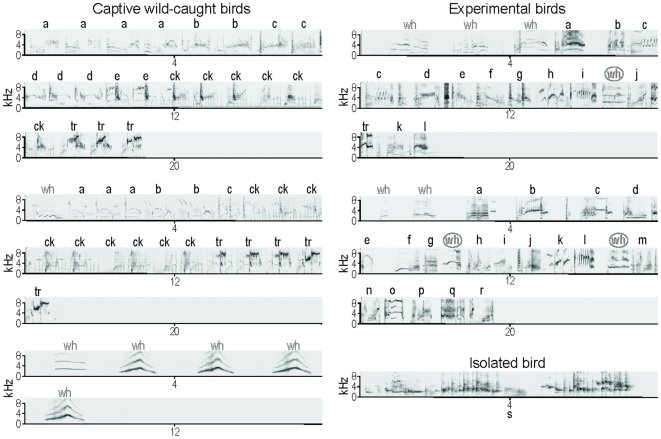Figure 2. Experimental birds showed deficits in their vocalizations.
Whereas captive wild-caught birds (left panel) usually produce class-II whistles (wh) either independently (bottom rows) or just before long, continuous class-III, warbling sequences (top and middle rows) showing a clear tripartite organisation: individual-specific variable motifs (a–e) that are repeated several times and followed by species-specific click motifs (ck) and high pitch trills (tr) that end the sequence, experimental birds (right panel, top and middle rows) produced short and desultory warbling sequences, with few repetitions of each class-III motif (a–r), long intervals between motifs and no clicks, and they kept switching back and forth between class-II whistles (wh) and class-III, warbling motifs. However, these song sequences clearly differed from those produced by isolated birds (right panel, bottom row). Letters in grey indicate parts that belong to class II and letters in black indicate parts that belong to class III. Bold letters indicate class-II whistles that are found within warbling sequences. Songs from captive wild-caught birds' and from an isolated bird come from song libraries recorded in our laboratory (unpublished data).

